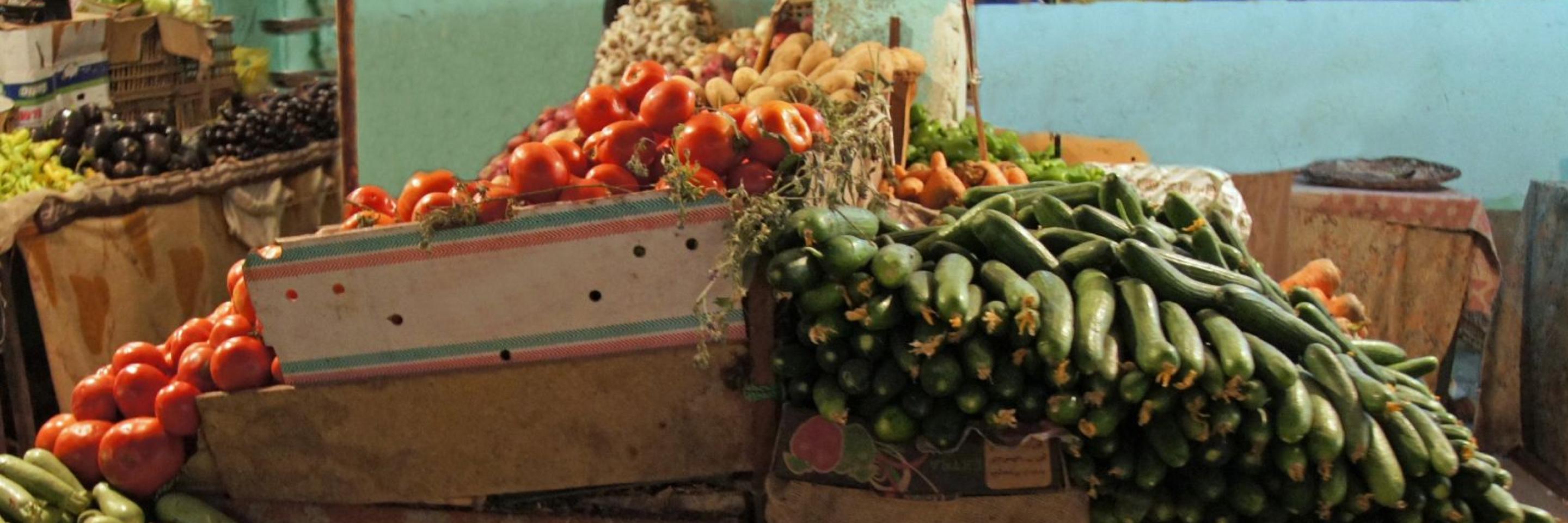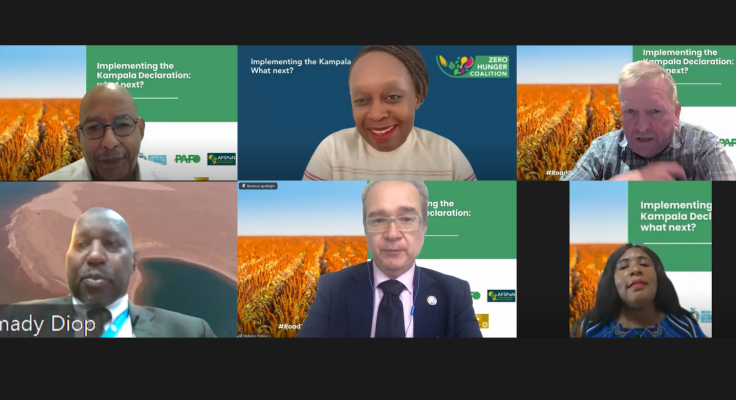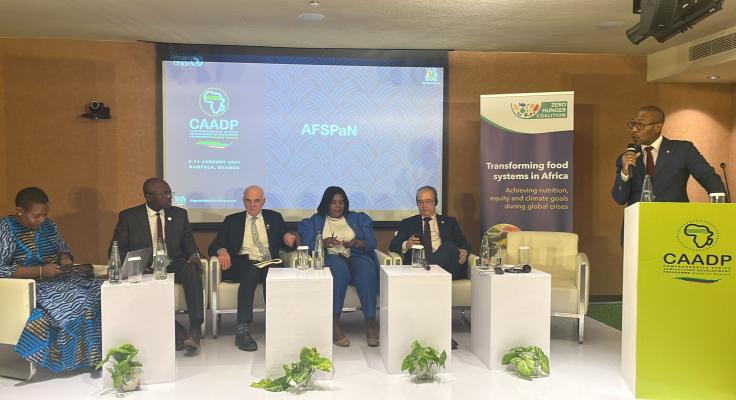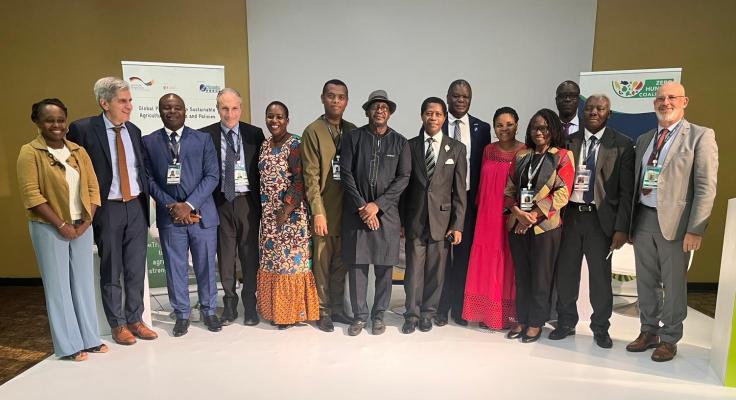
Accelerating momentum for the nutrition agenda: interview with Lawrence Haddad ahead of the N4G Summit
In anticipation of the upcoming Nutrition for Growth Summit, Lawrence Haddad, Executive Director of the Global Alliance for Improved Nutrition (GAIN) and the Zero Hunger Coalition’s Advisory Group member, provided his insights on his expectations, the current challenges to integrating healthier diets into food systems and how to better leverage the role of the private sector.
Why is the Nutrition for Growth initiative important, and what are the two main outcomes you hope to see from this Summit?
The Nutrition4Growth Summit is important for two reasons. First, because it keeps the focus on nutrition at the highest levels of government. Nutrition is easy to forget because it is like an iceberg: most malnutrition outcomes are hidden (stunted and micronutrient deficient children do not look obviously malnourished), and most nutrition champions are scattered throughout government (there is no Ministry of Nutrition to keep the profile of the constituency high).
Second, because we are at a fork in the road at the current moment: do we use aid to gap fill for nutrition or do we use it more to leverage bigger resource flows to do more for nutrition? E.g. using aid to help public procurement move towards more nutritious foods to leverage private sector supplies and producers; using aid to de-risk Development Finance Institutions (DFIs) to do more for nutrition via concessional lending to governments and businesses. I don’t think we do enough in the leveraging space.
What are some of the major barriers and facilitators to integrating nutrition into agrifood systems, based on examples you have observed?
The nutrition community has failed to show agrifood actors what is in it for them to integrate nutrition. And it really is in their interests. Why? First, the demand for nutritious foods is going to just keep growing and farmers need to be in a position to take advantage of this growth.
Second, foods that are part of healthy diet tend to be lower, on average, in greenhouse gas emissions. Policymakers, investors and consumers are going to increasingly reward companies and producers that grow these low emission foods.
Third, a focus on nutritious foods helps farmers to diversify and spread risk. Food production is not diversifying, and this makes farmers vulnerable to shocks, whether driven by climate change, conflict, geopolitics, pandemics or economic volatility. Growing a wider range of foods, including nutritious foods, helps farmers spread risks.
Fourth, where markets are missing or imperfect, growing more nutritious foods is a way of ensuring the nutrition status of those dependent on the farm - whether the family or the workers. This is ever more important in shock prone times as we saw during COVID-19 pandemic when the food system shut down in many places due to food system workers being too ill to keep food flowing in markets.
In some countries, we observe a paradox where the prevalence of undernutrition decreases significantly, while rates of obesity simultaneously increase. How can policies be designed to simultaneously address both undernutrition and overnutrition effectively?
Healthier diets are at the centre of all forms of malnutrition, so for GAIN, that is what we focus on. Making healthier foods more accessible and making unhealthier foods less desirable.
In your opinion, what are some of the most innovative financing mechanisms for nutrition that have emerged recently, and how can they be scaled up?
I am biased, but I think the Nutritious Food Financing Facility (N3F) is really innovative. It blends catalytic and private finance to provides loans to SMEs that supply nutritious foods. The pipeline is constructed carefully and continuously, and the impact of the loans are assessed meticulously. It is the only blended impact fund dedicated to nutritious foods. It needs to be bigger, and it needs to be replicated.
What are the main challenges for enhancing the private sector's role in nutrition security, and what can be done to leverage these opportunities?
The main constraint to enhancing the private sector’s role in advancing nutrition is government timidity. If governments want businesses to do more for nutrition, they have to incentivise them. Currently they are disincentivising them. Agriculture R&D focuses too much on staples and calorie rich/nutrient low crops like sugar cane/beets: it should focus more on vegetables, pulses, fruits, dairy, fish etc. Public procurement for schools and social protection is focused on staples—it needs to buy more nutritious foods as this would send a strong signal to the private sector. Governments should reward employers that put in place nutrition workforce programmes by covering startup costs. Trade policy could be differentiated for more nutritious foods. These are just some examples.
How can alliances and coalitions, such as the Zero Hunger Coalition, support governments in addressing malnutrition?
Coalitions need to focus more on action than process. They need to work with other coalitions. They need to not be a burden to governments but a help. At their best they can help advocacy efforts, source expertise locally and internationally, develop tools to help all countries, leverage their membership to engage with a wider range of stakeholders, and share good practices from place to place.



